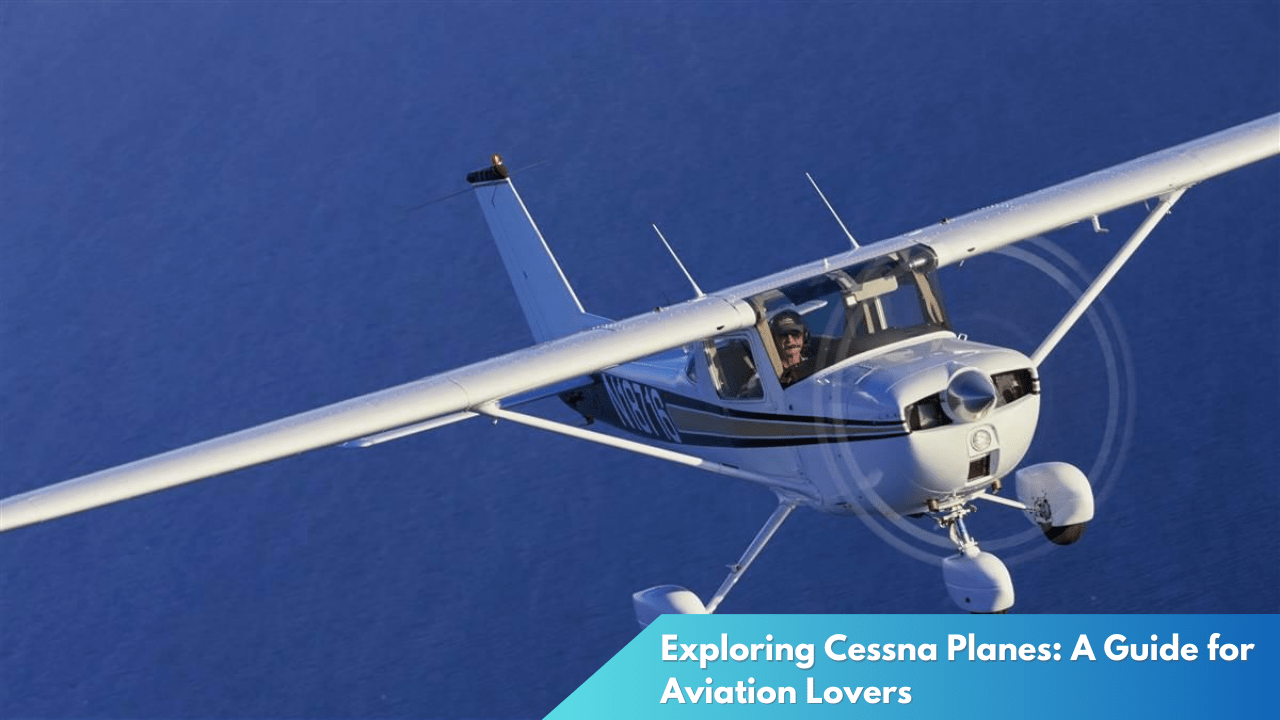Exploring Future Trends in Aviation: L39 Albatross
The world of aviation is continually evolving, with new technologies and innovations shaping the way we think about air travel and aerial capabilities. Among the aircraft making waves in this dynamic landscape is the L39 Albatross. Originally developed as a military trainer jet, the Albatross is being reimagined for the future, offering new possibilities for both military and civilian applications. This article explores the potential of the L39 Albatross in the context of future aviation trends.
Unveiling Tomorrow’s Skies: The L39 Albatross

The L39 Albatross, a high-performance jet trainer and light attack aircraft initially developed by Aero Vodochody in the 1960s, has a storied history. Its robust design, reliability, and versatility have kept it relevant over the decades. As the aviation industry pushes the boundaries of what’s possible, the Albatross is poised to play a significant role. With its proven track record, this aircraft stands at the intersection of tradition and innovation, presenting a unique platform for exploring future trends in aviation.
In recent years, there has been a resurgence of interest in the L39 Albatross, driven by the growing demand for cost-effective and adaptable aircraft. Originally used by various air forces for training purposes, the Albatross is now attracting attention from private operators and companies focused on aerial services. Its adaptability makes it an attractive option for diverse operations, from tactical training to research and development in aerospace technology. The Albatross’s potential is further bolstered by ongoing upgrades and modifications tailored to modern requirements.
The Albatross’s resurgence is also fueled by the rise of private aviation and the increasing interest in jet ownership among enthusiasts. For those seeking the thrill of flying without the prohibitive costs associated with larger jets, the L39 offers an exciting alternative. Its manageable size, combined with its performance capabilities, presents possibilities for personal and commercial use, paving the way for innovations in personalized aviation services and unique flight experiences. As more pilots and organizations recognize its potential, the L39 Albatross is set to become a key player in the skies of tomorrow.
The Role of L39 Albatross in Future Aviation Trends

In an era where sustainability is paramount, the L39 Albatross offers an intriguing case study for integrating eco-friendly technologies into existing aircraft models. Researchers and developers are examining ways to retrofit older aircraft with advanced materials and systems that reduce emissions and improve fuel efficiency. The Albatross’s continued adaptation could serve as a blueprint for revitalizing other legacy aircraft, ensuring they meet the environmental standards of the future.
Additionally, the Albatross’s role in fostering innovation extends to pilot training programs. As the global demand for skilled pilots increases, the need for effective and efficient training solutions becomes more pressing. The L39, with its robust design and agile handling, provides an excellent platform for advanced training scenarios that prepare pilots for the complexities of modern aviation. Enhanced simulators and virtual reality technologies, integrated with L39 training modules, could revolutionize how future aviators are educated.
Moreover, the L39 Albatross is set to contribute to the burgeoning field of aviation technology testing. As aerospace companies explore cutting-edge developments such as unmanned systems, advanced avionics, and AI integration, the Albatross offers a versatile platform for experimentation. Its adaptability and performance characteristics enable it to support a wide range of research and development initiatives, solidifying its role as a vital asset in the pursuit of aerospace innovation. The L39 Albatross, therefore, stands not only as a link to the past but also as a beacon guiding the aviation industry toward future possibilities.
The L39 Albatross, with its rich history and ongoing evolution, is uniquely positioned to influence the future of aviation. As the industry embraces sustainability, advanced training, and technological innovation, the Albatross serves as both a bridge and a catalyst. Whether through enhancing training programs or spearheading new aviation technologies, the L39’s contributions are set to be significant. As we look to the skies of tomorrow, this venerable aircraft continues to inspire and drive progress in the ever-changing world of aviation.



